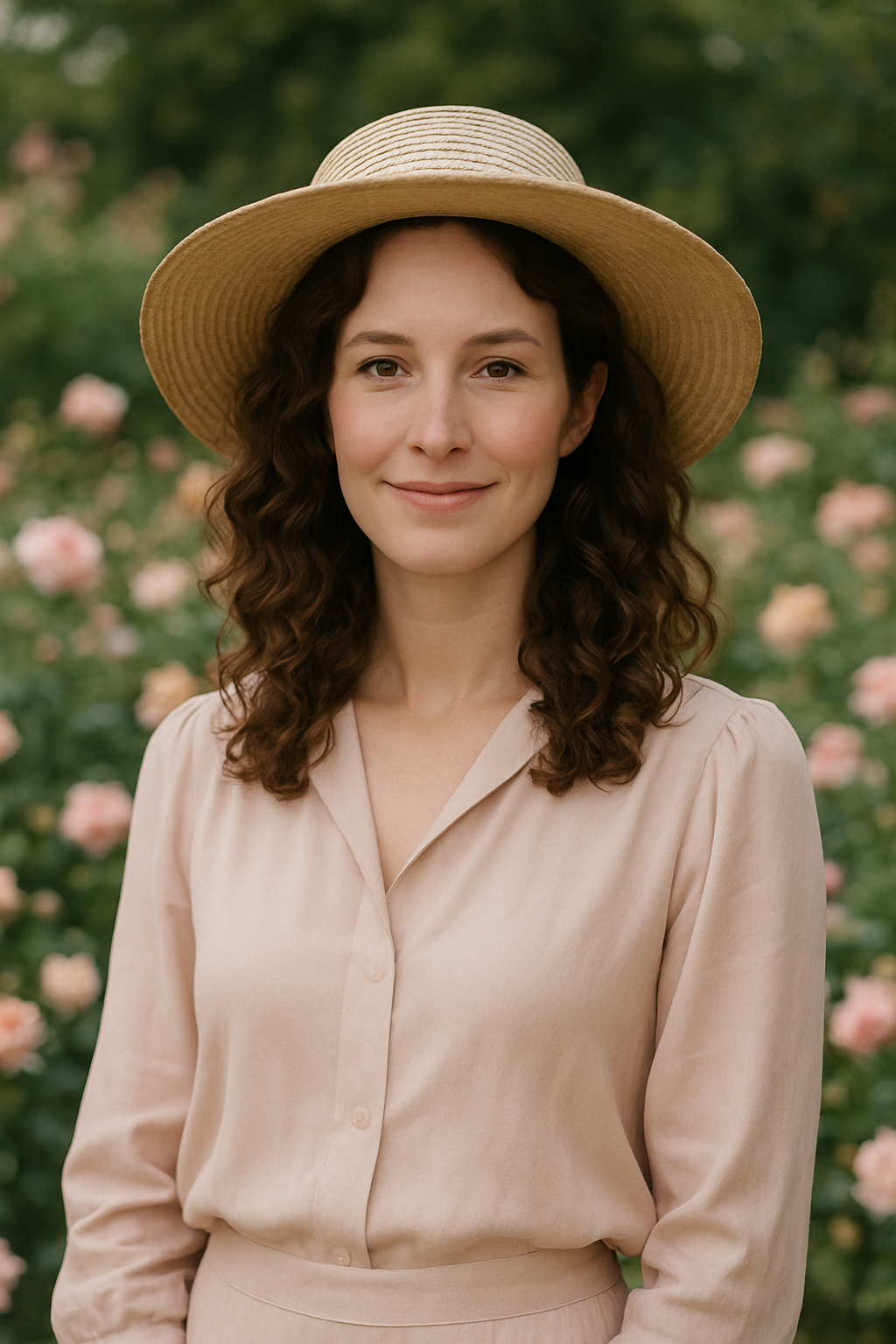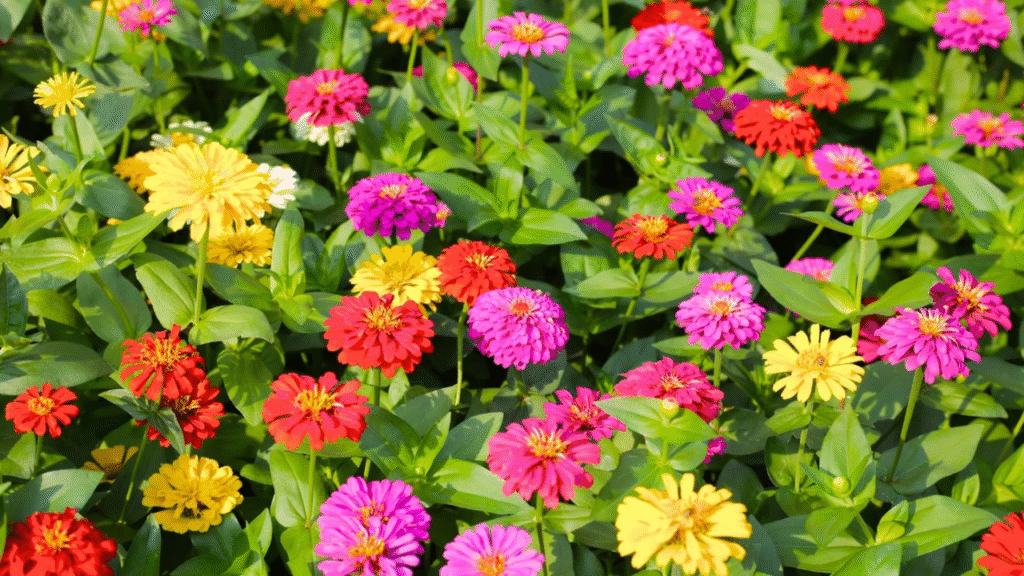
If you’re new to gardening or just looking to add a burst of cheerful color to your outdoor space, zinnias might just become your favorite flower. When I first started harvesting and growing zinnias, I was amazed at how forgiving and rewarding these flowers are. Bright, bold, and endlessly charming, zinnias offer an easy path to fresh-cut bouquets that brighten my home and bring smiles to everyone who sees them. In this guide, I’ll walk you through everything you need to know so you can enjoy your own flourishing zinnia garden.
Why Zinnias Are the Perfect Cut Flower
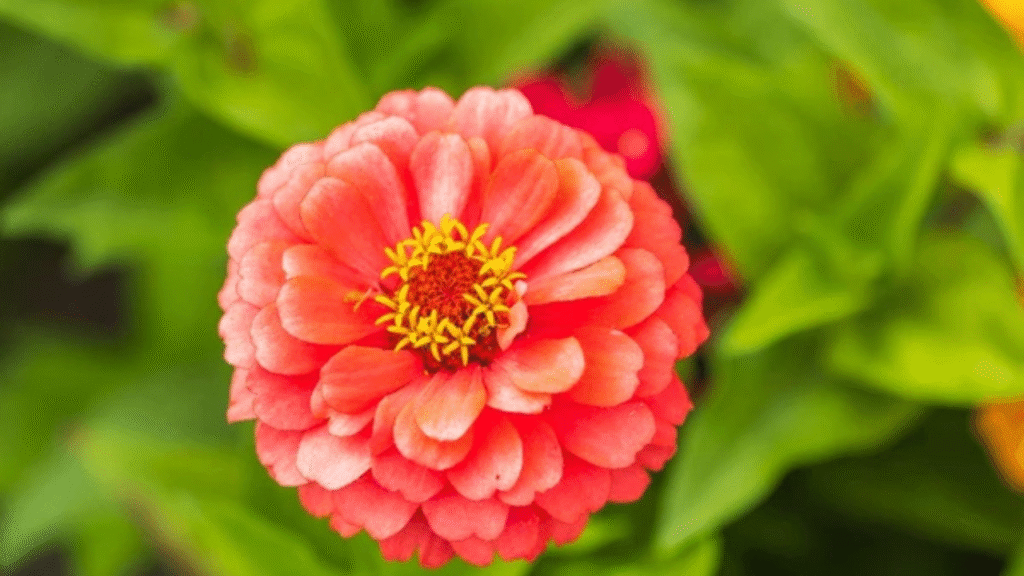
Zinnias are truly a gardener’s delight, especially when it comes to fresh-cut flowers. They combine beauty, ease, and longevity like few others. Whether you want to create stunning bouquets or just enjoy their vibrant blooms in your garden, zinnias fit the bill.
Key Benefits of Growing Zinnias in Your Garden
- Long-lasting blooms: Zinnias hold up well in a vase, making them ideal for cutting and displaying indoors.
- Low maintenance: These flowers thrive even if you’re new to gardening, requiring minimal fuss.
- Vibrant colors: With shades from fiery reds to soft pastels, zinnias add life and energy to any space.
- Continuous flowering: Deadheading encourages more blossoms, giving you a longer bloom season.
How Zinnias Attract Pollinators and Boost Your Garden’s Health
One of the most rewarding aspects of harvesting and growing zinnias is seeing your garden come alive with buzzing bees, fluttering butterflies, and other helpful pollinators. Zinnias are like a magnet for these garden friends, and their presence can improve the health and productivity of nearby plants. In my garden, having zinnias has meant more pollination for my vegetable patch, which means better harvests down the line.
Harvesting Zinnias for Bouquets
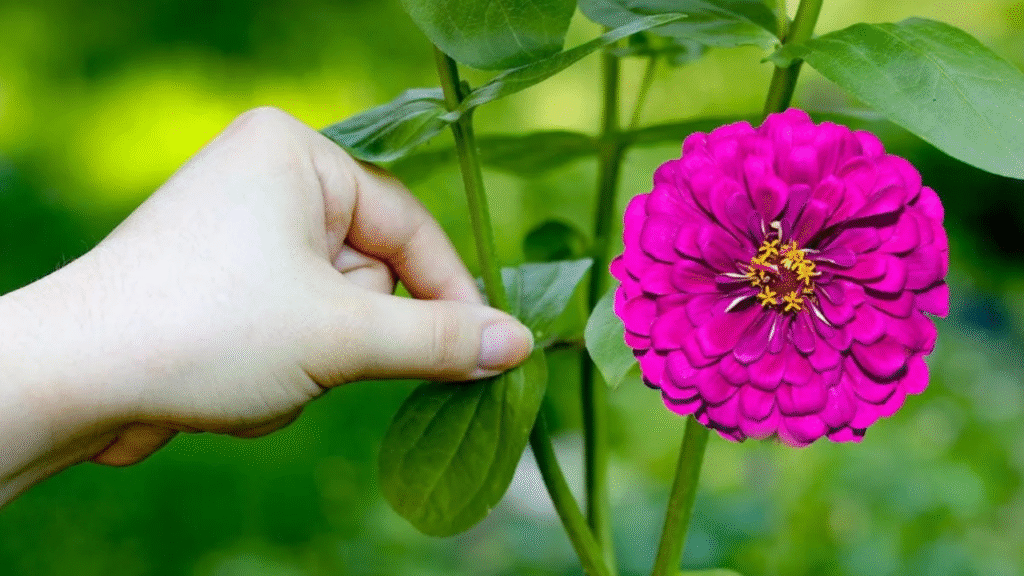
Nothing beats the joy of cutting fresh zinnias right from your garden to brighten your home. Knowing the right time and way to harvest will make all the difference in how long your bouquets last.
Best Time to Cut Zinnias for Fresh Arrangements
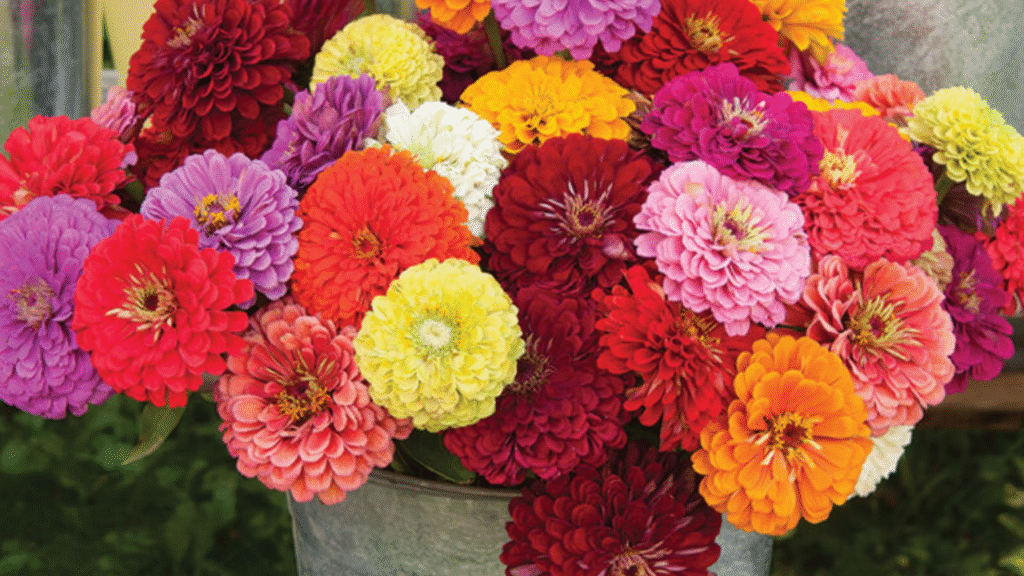
The best time to cut zinnias is in the early morning when the flowers are fully open but still fresh and firm. Ideally, pick them before the heat of the day to avoid stress on the stems. Look for blooms that are vibrant and have just started to open — not fully faded or wilting. This timing ensures your bouquets stay lively for days.
How to Handle Zinnias Post-Harvest for Longer Vase Life
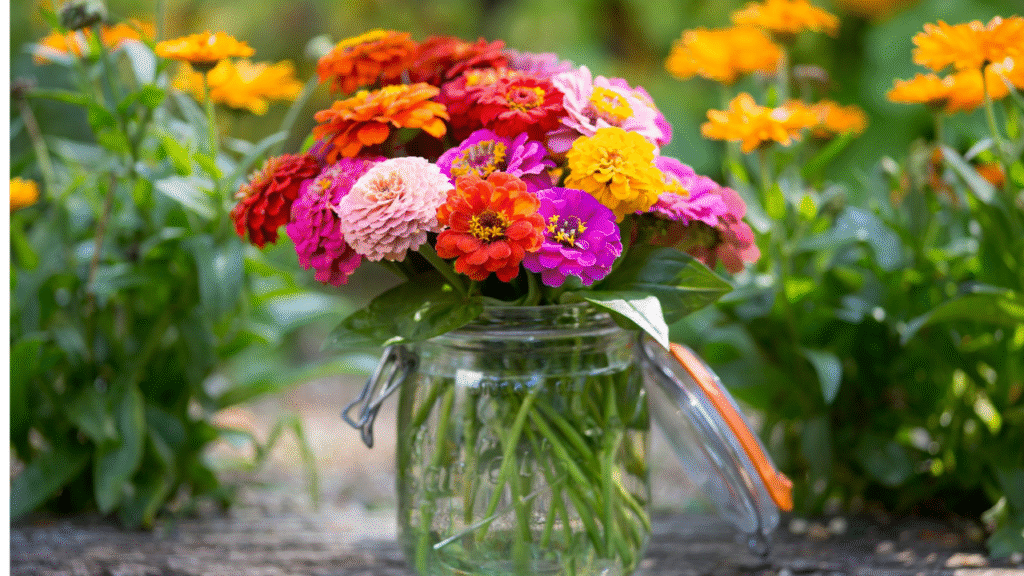
Once you cut your zinnias, immediately place the stems in clean, cool water. Trim about an inch off the bottom of the stems at an angle to help water absorption. Change the water every two days and remove any leaves that fall below the waterline to prevent bacteria growth. With these simple steps, your fresh-picked zinnias can last up to 10 days in a vase!
How to Save Zinnia Seeds for Next Season
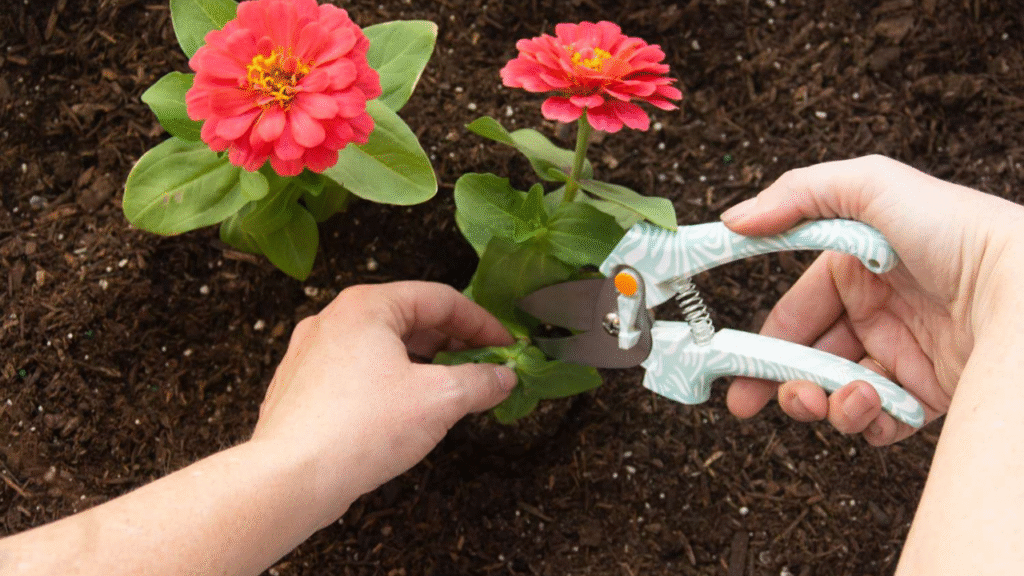
One of the most satisfying parts of harvesting growing zinnias is collecting seeds to plant again next year — saving money and keeping your favorite varieties thriving.
Step 1: Identify Mature Flowers for Seed Harvesting
Wait until zinnia flowers have fully bloomed and started to dry on the stem. Mature flower heads will turn brown and feel dry to the touch, signaling they’re ready for seed collection.
Step 2: Drying and Storing Zinnia Seeds Properly
Cut the dried flower heads and place them in a paper bag in a cool, dry area for a week or two. Once completely dry, gently rub the flower heads to release the seeds. Store the seeds in an airtight container away from moisture and direct sunlight to keep them viable.
Step 3: Testing Seed Viability Before Planting
Before planting, you can do a simple germination test by placing a few seeds between damp paper towels. If most sprout within a week, your seeds are good to plant!
Common Mistakes to Avoid When Growing Zinnias
Even though zinnias are forgiving, some common errors can slow down your success. Here’s what I’ve learned to watch out for:
Overwatering or Planting Too Deep
Zinnias dislike soggy soil and too much moisture around their roots. Plant seeds just an inch deep and water moderately — too much water can lead to root rot or fungal diseases.
Ignoring Spacing and Air Circulation
Crowding zinnias too close together can cause poor air flow, leading to mildew and other problems. Proper spacing keeps plants healthy and blooms plentiful.
Final Tips for Growing Endless Zinnia Blooms
- Start seeds indoors 4–6 weeks before the last frost for a head start.
- Pinch off early flowers to encourage bushier growth.
- Regularly remove spent blooms to promote continuous flowering.
- Keep an eye out for pests like aphids and treat early with natural remedies.
With patience and care, you’ll find yourself joyfully harvesting and growing zinnias all summer long — filling your garden and home with color and happiness.
Conclusion
Growing and harvesting zinnias is one of the simplest and most rewarding experiences in the garden. These bright, cheerful flowers bring so much joy—whether you’re admiring them in your outdoor beds or filling your home with fresh bouquets. Remember, every gardener learns as they go, and with a little patience, your zinnia patch will thrive. By following these tips for harvesting growing zinnias, you’re well on your way to a colorful, flourishing garden that keeps giving all season long. So plant those seeds, enjoy each bloom, and let zinnias bring a little sunshine into your life!
FAQs
1. How often should I water my zinnias?
Water your zinnias about once or twice a week, aiming for deep watering at the base. Avoid wetting the leaves to prevent fungal diseases.
2. Can I grow zinnias in partial shade?
While zinnias prefer full sun (6–8 hours), they can tolerate light shade but may produce fewer blooms.
3. How do I prevent powdery mildew on my zinnias?
Ensure good air circulation by spacing plants properly and water early in the day so leaves dry quickly. If mildew appears, treat with neem oil or a fungicide.

